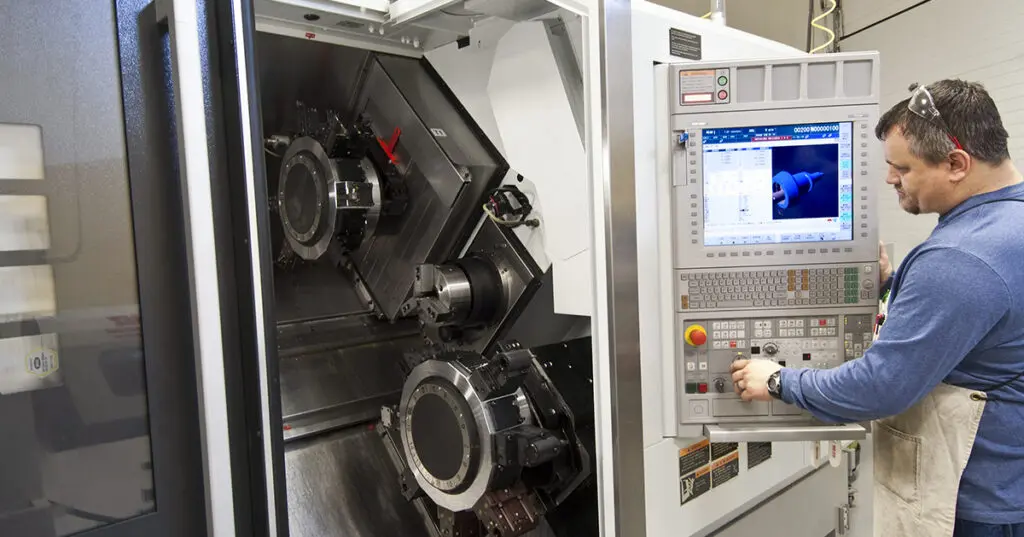
Seeing the term “Industry 4.0” around a lot lately? Think that it is just another marketing ploy to get you to buy a new machine tool, or pony up for automation? It’s not. Industry 4.0 is the accepted terminology used to name the rapidly advancing fourth industrial revolution.
What do I mean by saying the “fourth industrial revolution”? Well, we have gone through three already – the first was mechanization – invention of the printing press, etc.… The second was incorporating the use of electricity and technology – think Henry Ford and the assembly line. The third was the advent of CNC and automation, and the fourth……well the fourth is really the combination of a few things, and it is arguably going to be more transformational for manufacturing than the other three combined.
Okay, so what are we talking about here, and why should we care? Lets break this into three basic elements:
- Connectivity and automation – we’re not just talking connecting machine tools to the internet for software updates or servicing. Our machine tools are going to communicate with one another for planning and scheduling. Among many other usesand advantages, a machine on your floor will communicate with a machine on our floor to tell it that an order for 253 pieces of P/N XYZ is finishing up today, and will beheading over for grinding by tomorrow. Queue up that part program, automatically pull the tooling, get the gages that we need to run, and let’s get it going!
- Big Data and AI – Sensors, data collection, artificial intelligence – our larger clients are all preparing for this right now. They have departments dedicated to just getting this in place and running within their companies, and once they have that figured out…we’re next. They will need the data that we collect while running their parts for assessing potential failures, and to advise when that particular component will need to be replaced. Make no mistake – we will be required to collect and communicate this data to them. When the time comes, if you can’t do it, you won’t get to play.
- Additive – we’ve been talking about it for a long time. So long that many of you are probably complacent in your thought that it will never affect your business. Think again – the dawn of the additive era has arrived. It is going to be wondrous, and scary. You are thinking that additive isn’t fast enough, or can’t hold the tolerances that you do on a lathe, or that we do on a grinder, right? Think again. The real threat here is not that additive manufacturing will do what we do faster and cheaper – the threat is that additive makes the manufacture of parts that cannot be machined possible.
What am I talking about here? This is important. Machine designers, equipment designers, device designers are all rapidly coming to the same conclusion – that they are no longer constrained by the limitations of subtractive manufacturing. They are redesigning assemblies to no longer be 3 or 5 or 10 pieces – they are printing it in 1. They are no longer married to a cylinder, or a sphere, or an arc, or a beautifully milled table. They are using AI to help design new structures that look nothing like what they did when they were manufactured subtractively. They print them in a single piece, and they work better.
Case in point – General Electric spent $3.2 Billion on a plant in Ohio to only print the fuel lines for jet engines. What was (18) component parts that kept multiple vendors busy is now printed as one single unit. Some of these additive structures are so complex that they can’t/won’t create a blueprint for it – they design it, and then dump the design into a laser sintering machine and it prints out.
Change is scary, and there are going to be some massive changes in the coming years! But, like most great disruptive changes many of those that cling hard to the past will get steamrolled, but some – those that have foresight – will benefit greatly. I plan for M&S to be in this latter group, and will be happy to share our preparations in a continuing series as we begin to adopt, and adapt to the changes of Industry 4.0.